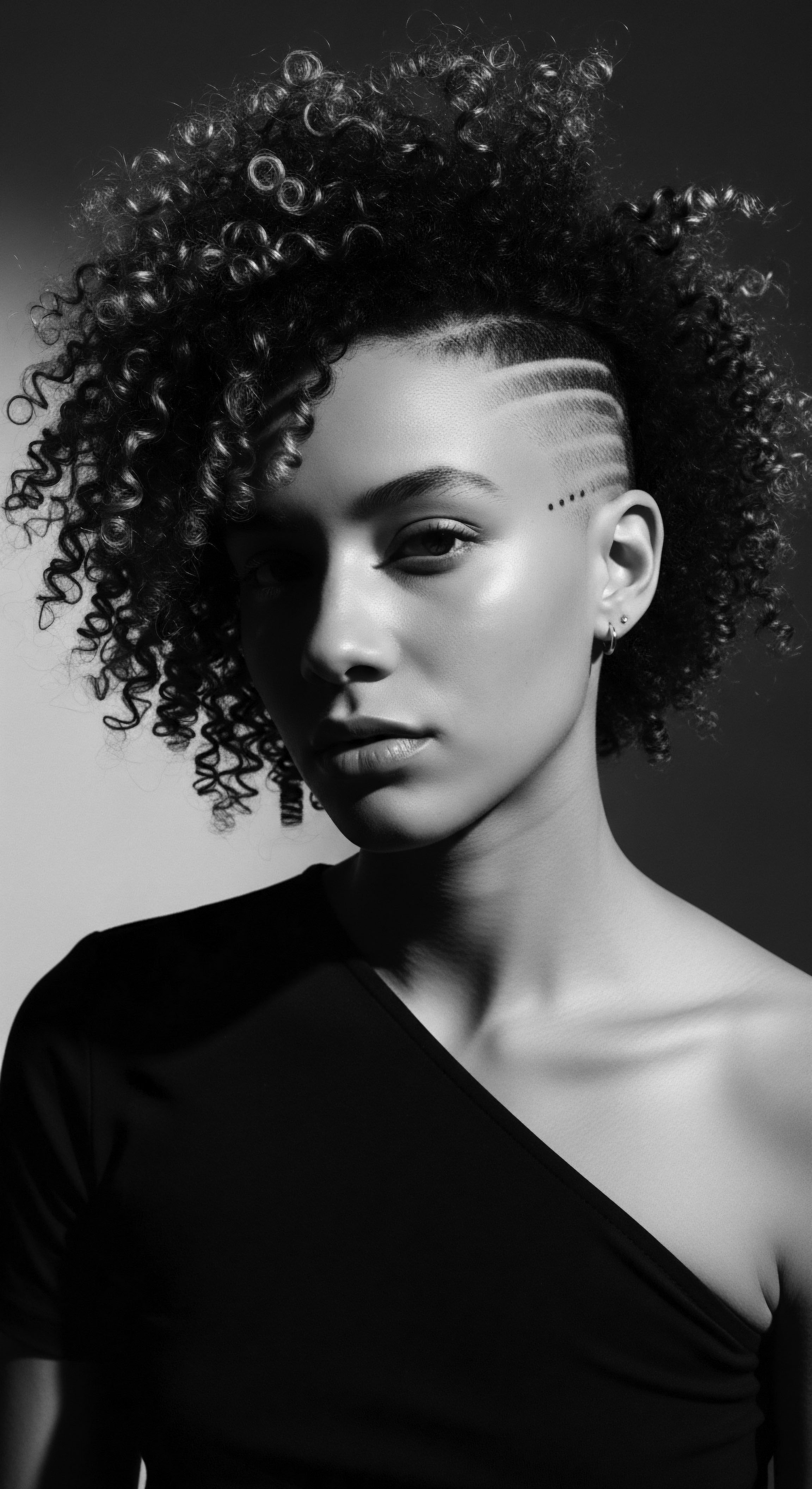
Fundamentals
Fabric friction, in its simplest interpretation, refers to the resistance generated when hair strands encounter the surface of a textile. This physical interaction can manifest in various ways, from a gentle snag to a more abrasive rub, and its consequences for hair health are noteworthy. The degree of this interaction is influenced by several factors, including the inherent texture of the hair, the material composition of the fabric, and the prevailing environmental conditions, such as humidity. Understanding this basic concept is a first step in appreciating the complexities of hair care, particularly for those with hair textures that are more susceptible to the adverse effects of friction.
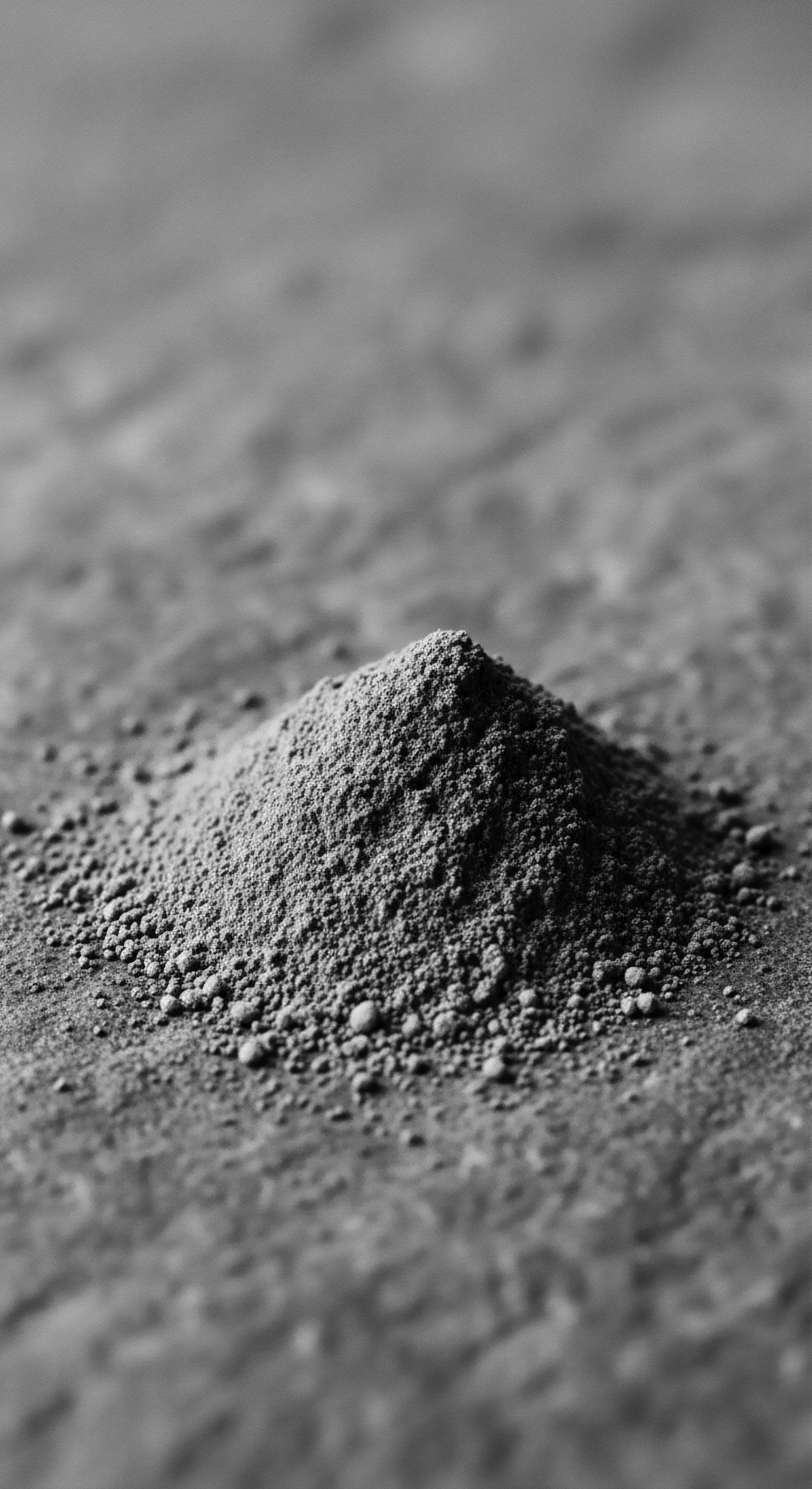
The Hair’s Outer Layer ❉ A Brief Explanation
To truly grasp the significance of fabric friction, one must consider the hair’s outermost protective layer, known as the Cuticle. Picture it as a series of overlapping scales, much like shingles on a roof. When these scales lie flat and smooth, hair exhibits a healthy sheen and feels soft to the touch.
Conversely, when friction occurs, these delicate cuticular scales can lift, chip, or even break, exposing the hair’s inner cortex to damage. This disruption often leads to a dull appearance, increased frizz, and a greater propensity for tangling and breakage.
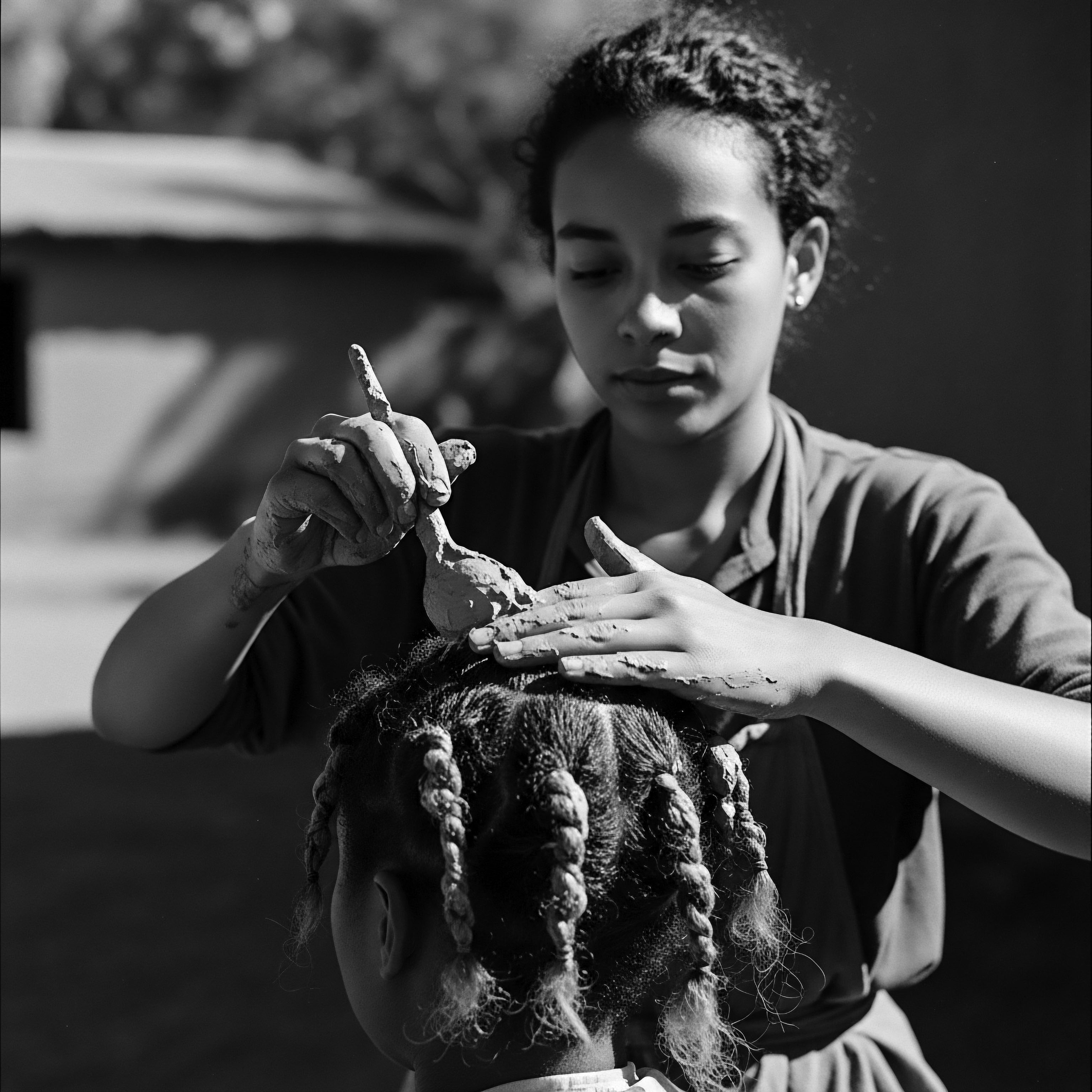
Common Culprits ❉ Fabrics and Their Impact
Certain fabrics are more prone to causing hair friction than others. Materials with a rough or absorbent nature tend to be the primary offenders. Cotton, a ubiquitous material in everyday life, serves as a prime example.
Its fibers, while comfortable for skin, can create considerable resistance against hair strands, especially those with intricate curl patterns. This resistance not only disrupts the cuticle but also wicks away essential moisture from the hair, leaving it dry and brittle.
The interaction between hair and fabric is a subtle yet potent force, capable of altering the very integrity of a strand.
Consider the humble wool hat, a common winter accessory. While it offers warmth, its rough fibers and moisture-absorbing qualities can be particularly detrimental to hair, leading to dryness, frizz, and tangling. This illustrates that even seemingly innocuous daily interactions can contribute to cumulative hair damage if the principles of fabric friction are not understood. Protecting hair from such environmental stressors becomes a paramount concern for maintaining its vitality.
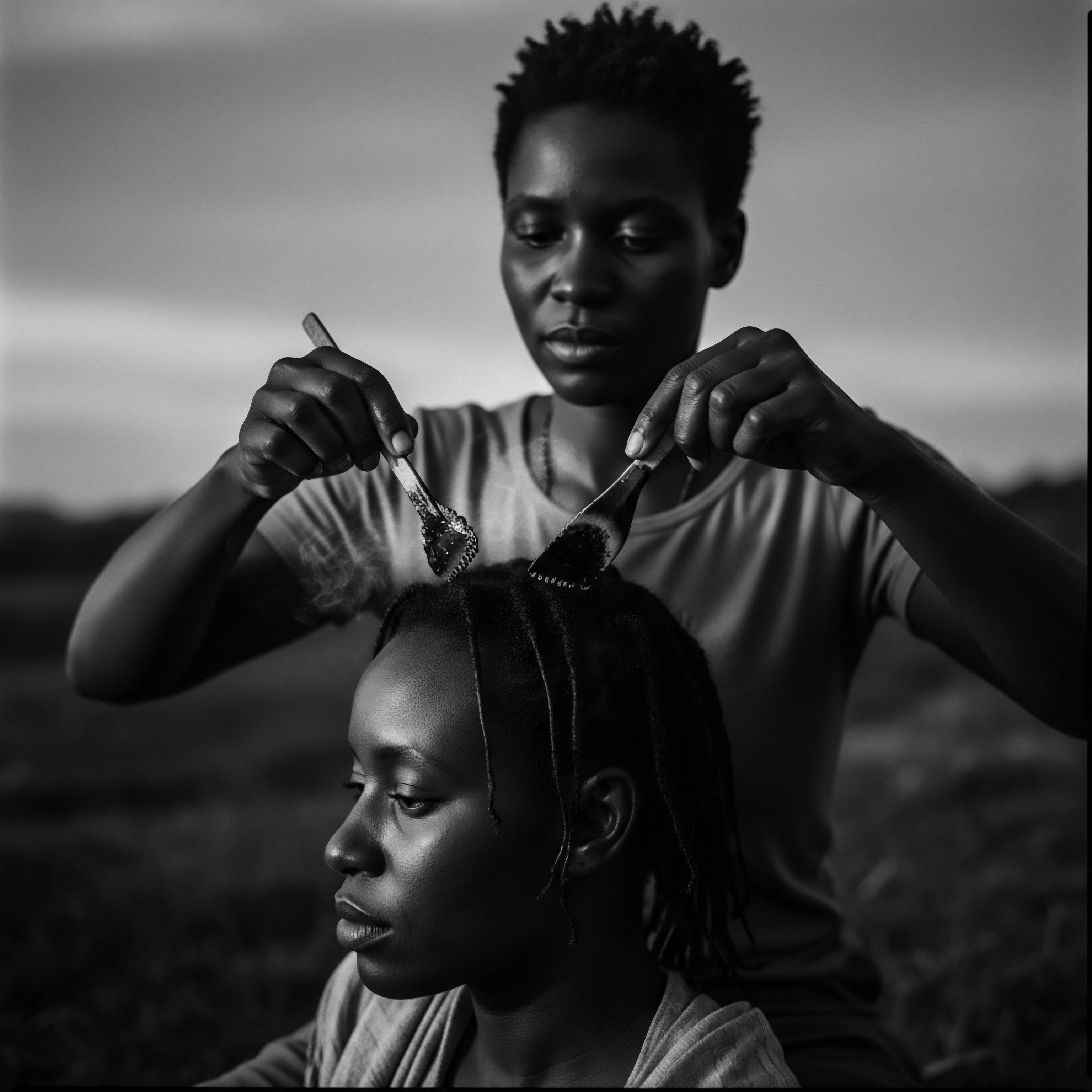
Initial Steps for Mitigation
Recognizing the impact of fabric friction is the first step toward safeguarding hair. Simple adjustments in daily routines and material choices can make a substantial difference. Opting for smoother fabrics for items that regularly come into contact with hair, such as pillowcases or head coverings, can significantly reduce frictional damage. This fundamental understanding forms the basis for more advanced care strategies, many of which are rooted in ancestral wisdom and practices.
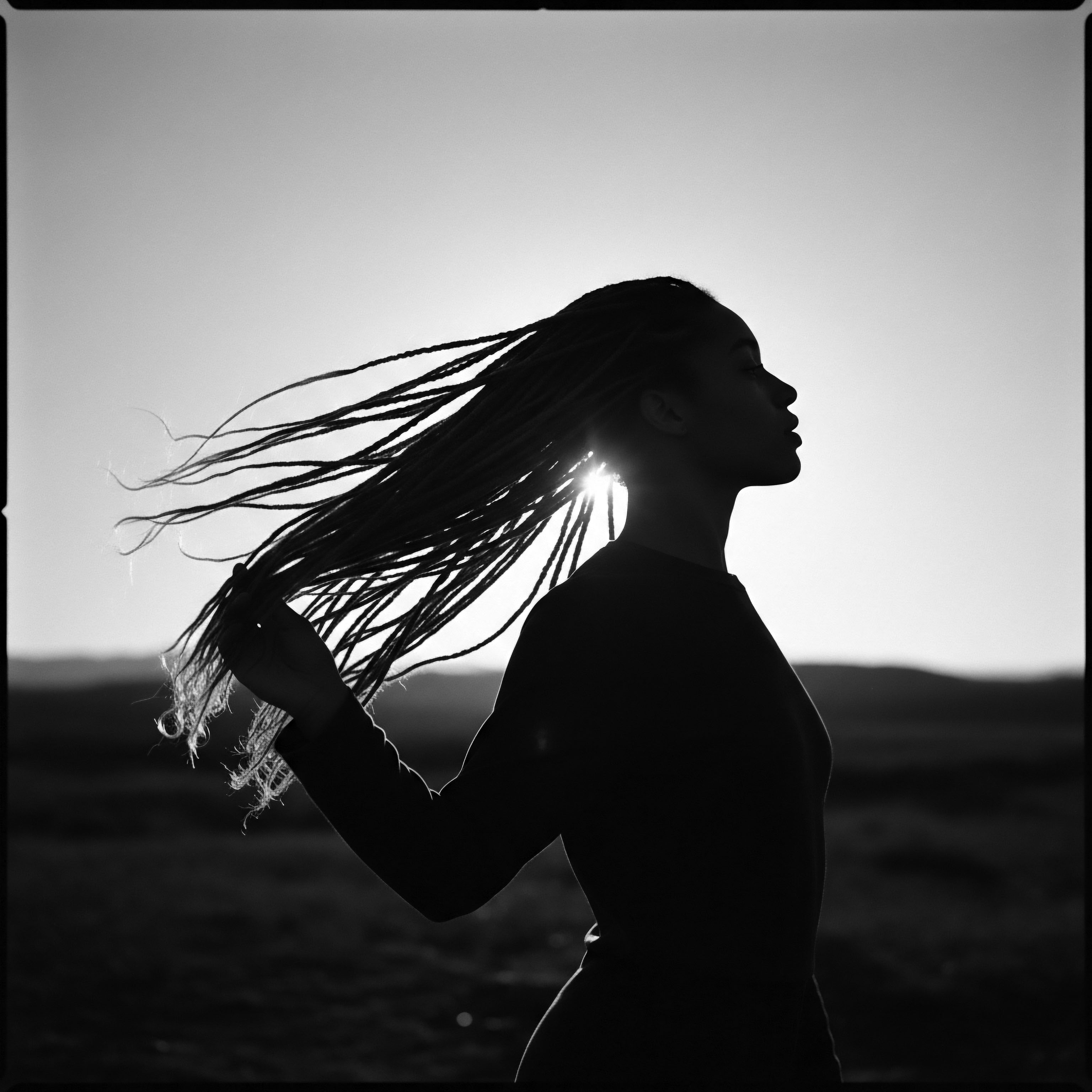
Intermediate
Building upon the foundational understanding, the intermediate meaning of fabric friction delves deeper into its specific implications for textured hair, particularly within the rich context of Black and mixed-race hair heritage. This is not merely a scientific concept; it is a lived experience, a historical challenge, and a continuous thread woven into the fabric of ancestral hair care traditions. The inherent structure of textured hair renders it uniquely susceptible to the effects of friction, making protective measures not just a choice, but a necessity for its preservation and flourishing.
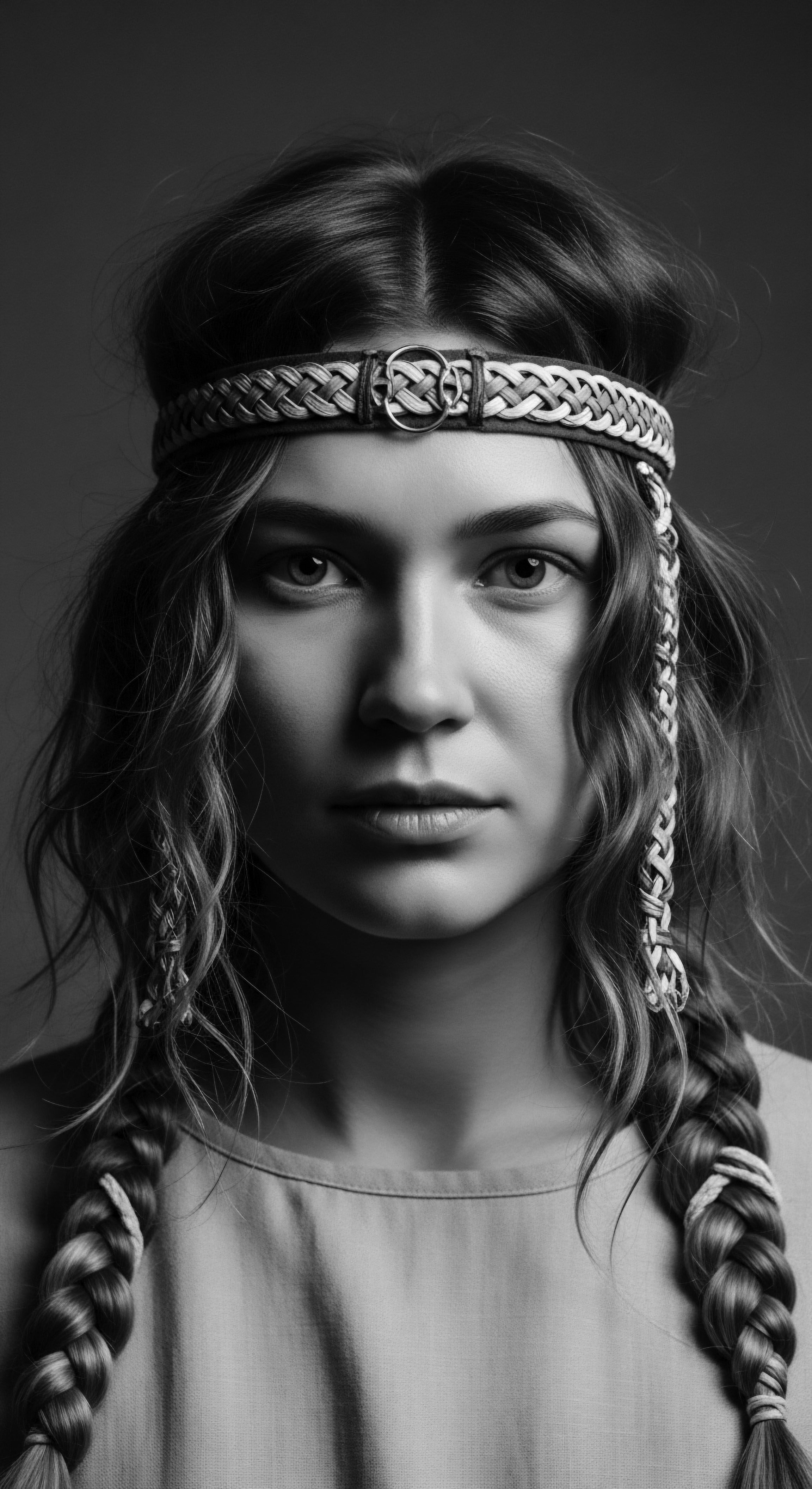
The Unique Architecture of Textured Hair
Textured hair, encompassing a spectrum of curls, coils, and kinks, possesses a distinct morphological structure that sets it apart. Unlike straight hair, which typically has a round cross-section and flat-lying cuticle layers, textured hair often exhibits an oval cross-section, with cuticle layers that tend to be slightly raised. This coiled nature means that natural oils, or sebum, struggle to travel down the hair shaft from the scalp, leading to inherent dryness and brittleness. Each bend and curve along the strand creates more points of contact for friction, amplifying its potential for harm.
Textured hair’s inherent design, a marvel of natural artistry, also presents specific vulnerabilities to external forces like fabric friction.
When these already delicate cuticles encounter rough fabrics, they lift further, leading to heightened frizz, increased tangling, and a greater propensity for breakage. This makes the choice of textiles that touch textured hair a matter of considerable importance, extending beyond mere comfort to impact the very health and integrity of the strands. The historical solutions to this challenge speak volumes about the ingenuity and resilience of those who cared for textured hair through generations.
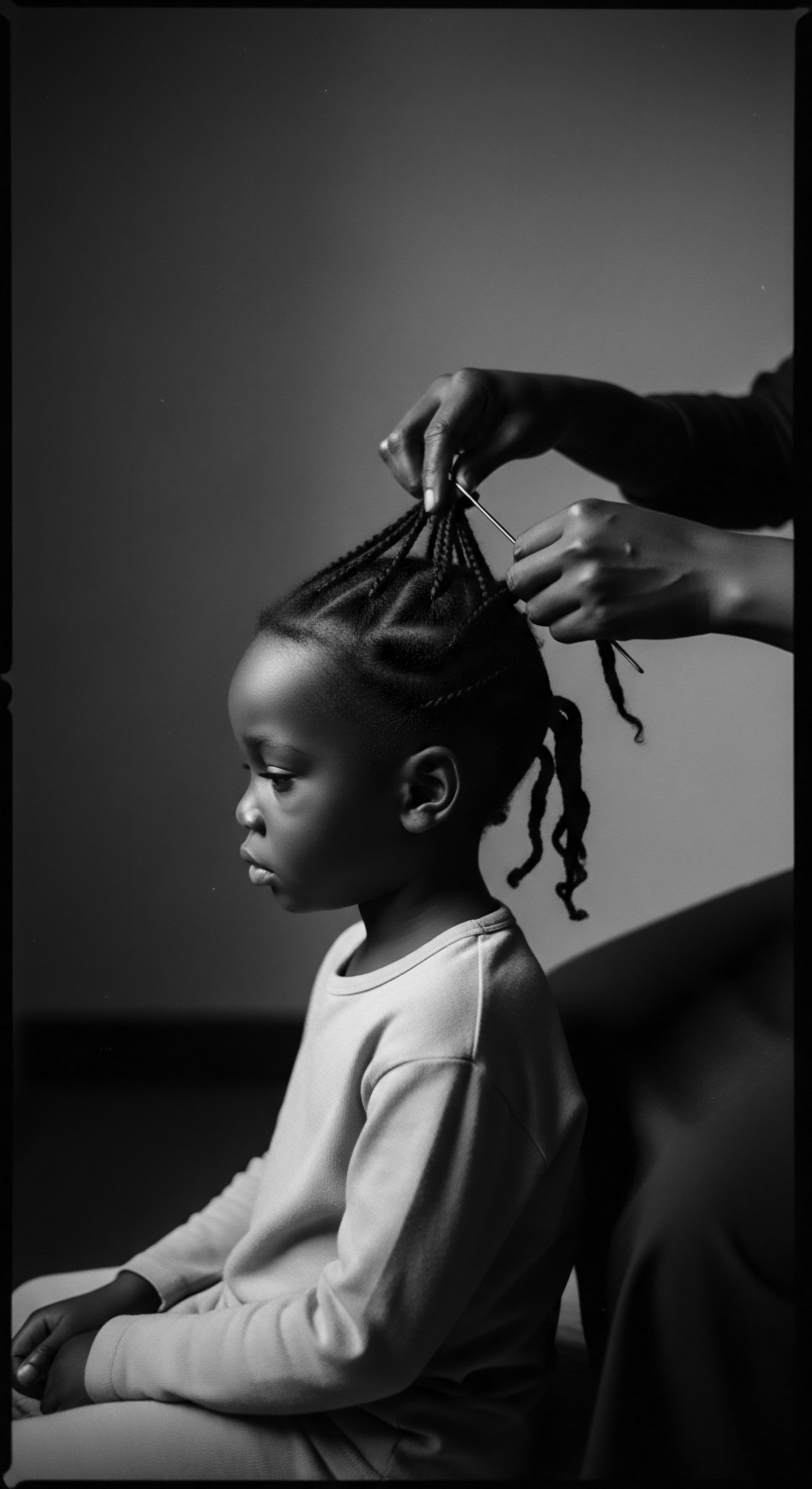
Ancestral Wisdom ❉ A Legacy of Protection
Long before modern science elucidated the mechanics of fabric friction, ancestral communities understood its detrimental effects on textured hair. This deep, embodied knowledge led to the development of practices and materials designed to mitigate damage, preserving hair not only for aesthetic reasons but also for its profound cultural and spiritual significance. Head coverings, in particular, stand as a testament to this ancestral wisdom.
- Silk and Satin ❉ These smooth fabrics, with their low coefficient of friction, were instinctively favored for headwraps and sleeping surfaces. They allow hair to glide effortlessly, preventing the lifting of cuticles and reducing moisture absorption. This traditional understanding of material properties predates contemporary scientific validation.
- Protective Styles ❉ Braids, twists, cornrows, and Bantu knots, deeply rooted in African cultures, served multiple purposes, one of which was to minimize exposure and manipulation of the hair, thereby reducing friction. These styles, passed down through generations, effectively bundled strands, shielding them from environmental aggressors and contact with rough surfaces.
- Oiling Rituals ❉ The consistent application of natural oils and butters, such as shea butter and coconut oil, also played a role in reducing friction by creating a lubricated barrier on the hair shaft. This practice, common in many traditional hair care routines, provided a protective layer that allowed strands to move against each other and against fabrics with less abrasive force.
The history of headwraps, for instance, offers a compelling case study. Originating in Sub-Saharan Africa, these coverings were worn for centuries to signify identity, status, and community. When enslaved Africans were brought to the Americas, headwraps continued to serve as a vital link to their heritage, even as they were sometimes forced upon women as symbols of subjugation.
Yet, these very coverings, often made of cotton initially, also served a practical purpose ❉ protecting hair from the harsh sun, dust, and grime of forced labor, and importantly, from friction. The eventual adoption of smoother linings, like silk or satin, within these coverings or as standalone night protection, speaks to a continuous, evolving understanding of how best to safeguard textured hair from frictional damage.
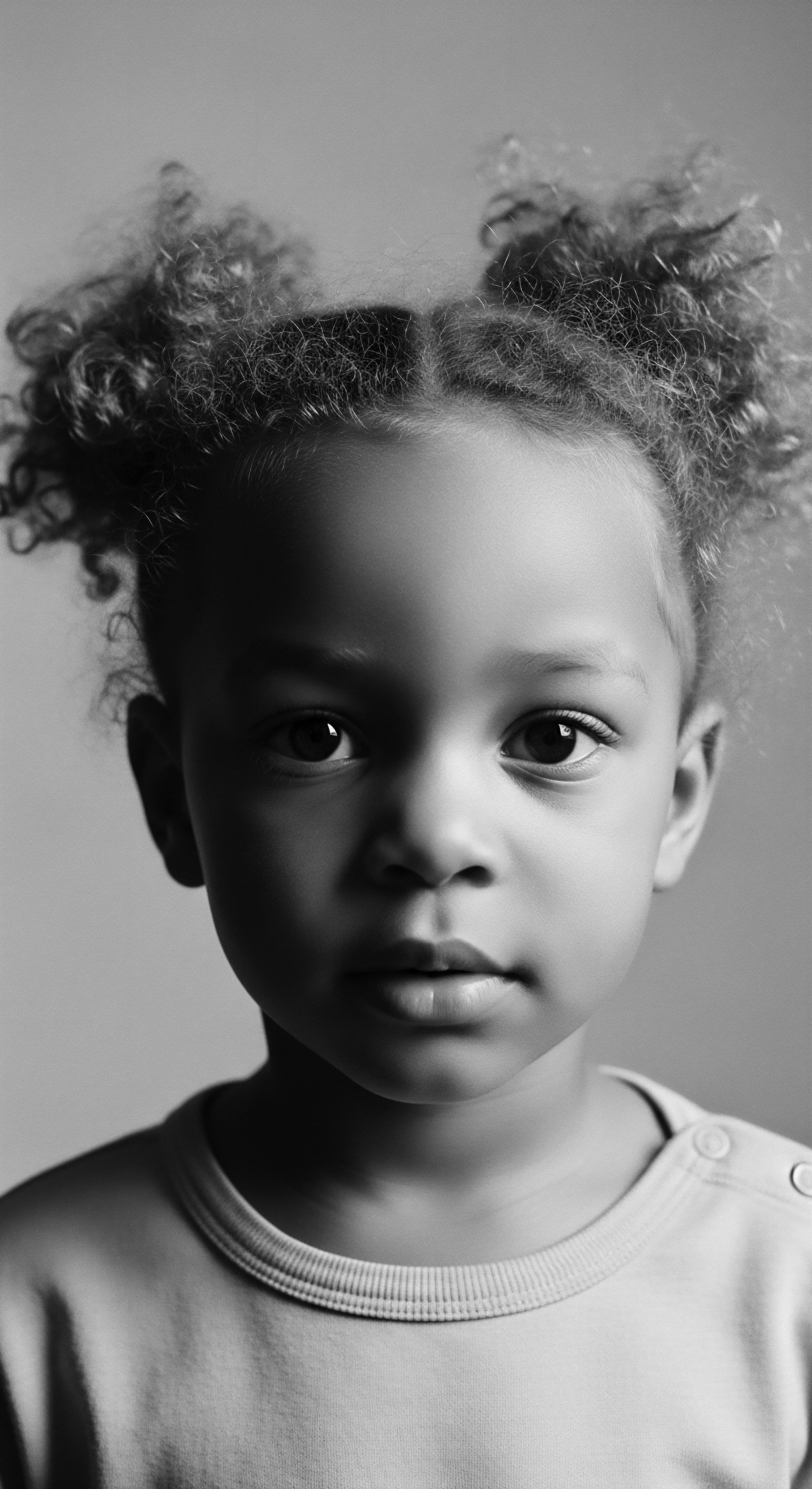
Modern Adaptations and Continued Relevance
Today, the insights gleaned from ancestral practices continue to inform modern hair care for textured hair. The recommendation to sleep on satin pillowcases or wear silk-lined bonnets is a direct echo of this enduring wisdom. The understanding that certain fabrics can strip moisture and cause damage has led to the development of hair products and accessories specifically designed to counteract these effects. The meaning of fabric friction, therefore, transcends a simple physical phenomenon; it becomes a lens through which to appreciate the resilience, adaptability, and profound knowledge embedded within textured hair heritage.
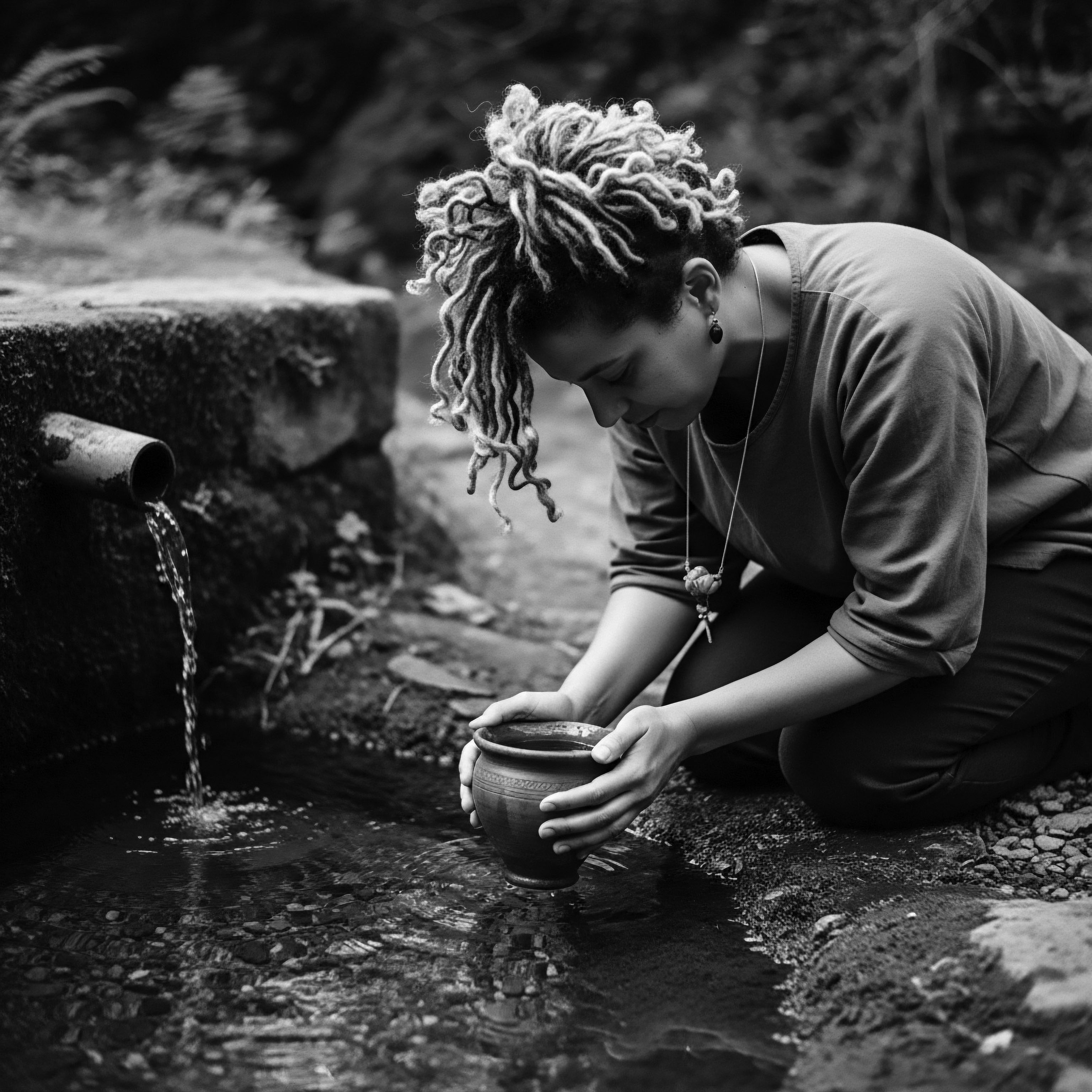
Academic
The academic elucidation of fabric friction, particularly as it pertains to textured hair, demands a rigorous examination that bridges the realms of material science, trichology, and cultural anthropology. It is not merely a surface-level interaction but a complex biomechanical process with deep historical and psychosocial ramifications, especially for communities whose hair has been a canvas for identity, resistance, and ancestral memory. The definition of fabric friction, within this expanded academic scope, becomes the systematic exploration of the physical forces exerted upon hair fibers by textile surfaces, coupled with a critical analysis of its consequences for hair integrity, moisture equilibrium, and, profoundly, its historical management within textured hair traditions.

The Biomechanics of Frictional Stress on Textured Hair
At a microscopic level, the interaction between hair and fabric is governed by principles of tribology, the study of friction, lubrication, and wear. Textured hair, characterized by its helical structure and often lower density of cuticle layers compared to straight hair, presents a unique challenge to these interactions. The coiled morphology of individual strands means that the cuticle scales, which typically lie flat in straight hair, are inherently more raised or exposed. When these raised cuticles come into contact with the irregular surface topography of many fabrics, such as cotton or wool, the mechanical forces at play induce several deleterious effects:
- Cuticular Abrasion ❉ The constant rubbing action leads to the physical lifting, fraying, and eventual removal of cuticle cells. This process, akin to mechanical weathering, compromises the hair’s primary protective barrier. The integrity of the hair shaft is diminished, leaving the internal cortex vulnerable to environmental stressors and chemical damage.
- Moisture Desorption ❉ Fabrics with high absorbency, such as cotton, act as desiccant agents, drawing vital moisture from the hair shaft. Textured hair, already prone to dryness due to the tortuosity that impedes sebum distribution from the scalp, experiences exacerbated dehydration. This moisture deficit directly correlates with reduced elasticity and increased brittleness, making the hair more susceptible to breakage.
- Inter-Fiber Entanglement ❉ The irregular surfaces of damaged cuticles and the natural undulations of coiled hair increase the likelihood of adjacent strands interlocking. This leads to knot formation and tangling, which in turn necessitates more aggressive detangling, perpetuating a cycle of mechanical stress and breakage.
The implications for hair health are significant. Studies have shown that textured hair is more susceptible to friction-related breakage than straighter hair types, with wool, for instance, disrupting the natural curl pattern and leading to undefined curls and increased knotting. This scientific understanding provides a contemporary lens through which to validate the efficacy of long-standing traditional hair care practices.
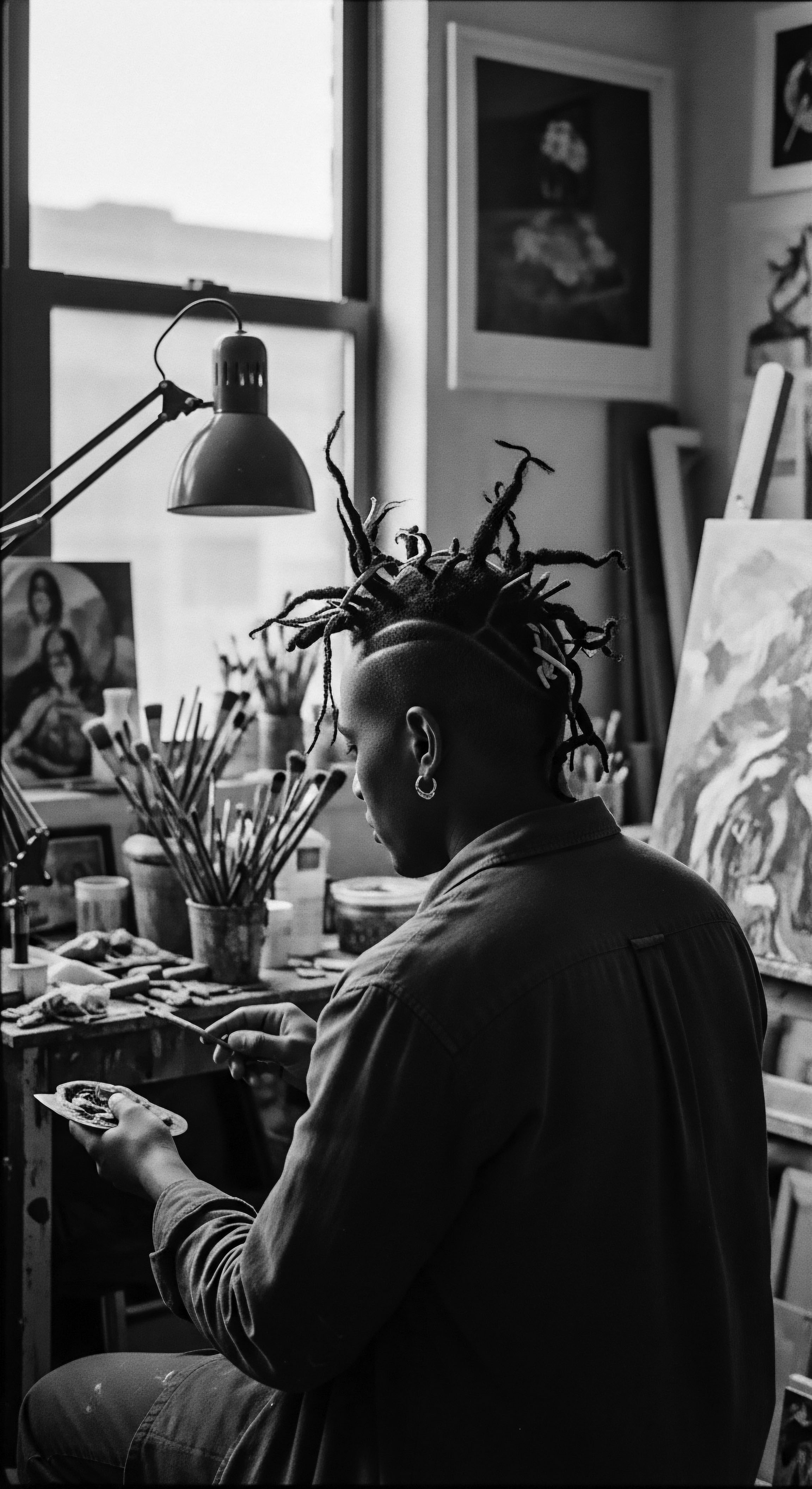
A Historical Continuum ❉ Ancestral Responses to Frictional Challenges
The ancestral wisdom concerning fabric friction, though not articulated in modern scientific terms, demonstrates an intuitive grasp of these biomechanical principles. The consistent practices of Black and mixed-race communities across the diaspora reveal a sophisticated, adaptive knowledge system developed over centuries to protect and preserve textured hair. This historical response to environmental and material challenges forms a critical component of Roothea’s ‘living library.’
One compelling historical example illustrating the deep understanding of fabric friction’s impact on textured hair is the widespread adoption of Headwraps and Hair Coverings across various African cultures and among enslaved Africans in the Americas. While these coverings held immense cultural, social, and spiritual significance—denoting status, marital state, or tribal affiliation in pre-colonial Africa, and serving as acts of resistance and identity preservation during enslavement—they also served a profound practical purpose ❉ friction reduction. The anthropologist and historian, Ayana D. Byrd, in her work with Lori L.
Tharps, Hair Story ❉ Untangling the Roots of Black Hair in America (2001), documents how enslaved African women, facing harsh conditions and forced labor, utilized fabrics, initially often coarse cotton, to protect their hair from environmental damage, including the abrasive effects of friction and the sun. This practice, evolving over time, saw the eventual preference for smoother materials like silk and satin, particularly for night coverings, to further minimize friction and retain moisture. This shift from rougher fabrics to smoother ones for direct hair contact is a powerful, non-verbal acknowledgment of the detrimental effects of friction, a pragmatic adaptation rooted in necessity and refined through generational experience. It demonstrates a sophisticated understanding of material properties and their interaction with hair, long before scientific studies formally quantified coefficients of friction for various textiles against hair strands. The continued use of satin-lined bonnets and pillowcases today is a direct legacy of this ancestral innovation, showcasing a continuity of care informed by deep, lived experience.
| Traditional Practice Headwraps & Night Coverings |
| Mechanism of Friction Reduction (Heritage Context) Provided a protective barrier against environmental elements and abrasive surfaces, preserving moisture and preventing tangling during daily activities and sleep. Often evolved from utilitarian cotton to smoother silk/satin. |
| Modern Scientific Validation Silk and satin's low coefficient of friction minimizes cuticle lifting and moisture loss. Reduces static charge accumulation. |
| Traditional Practice Protective Hairstyles |
| Mechanism of Friction Reduction (Heritage Context) Styles like braids, twists, and locs (dating back to 3500 BC in Africa) bundled hair strands, reducing individual strand exposure and manipulation, thereby minimizing external contact and friction. |
| Modern Scientific Validation Reduces mechanical stress and exposure to environmental elements, preventing breakage and retaining length. |
| Traditional Practice Regular Oiling & Buttering |
| Mechanism of Friction Reduction (Heritage Context) Application of natural emollients (e.g. shea butter, coconut oil) created a lubricated surface on hair, allowing strands to glide against each other and fabrics with less resistance. |
| Modern Scientific Validation Oils act as lubricants, reducing inter-fiber friction and sealing the cuticle, thereby preserving moisture and improving elasticity. |
| Traditional Practice These enduring practices illustrate a profound ancestral knowledge of hair biomechanics, a legacy of ingenuity that continues to inform textured hair care today. |
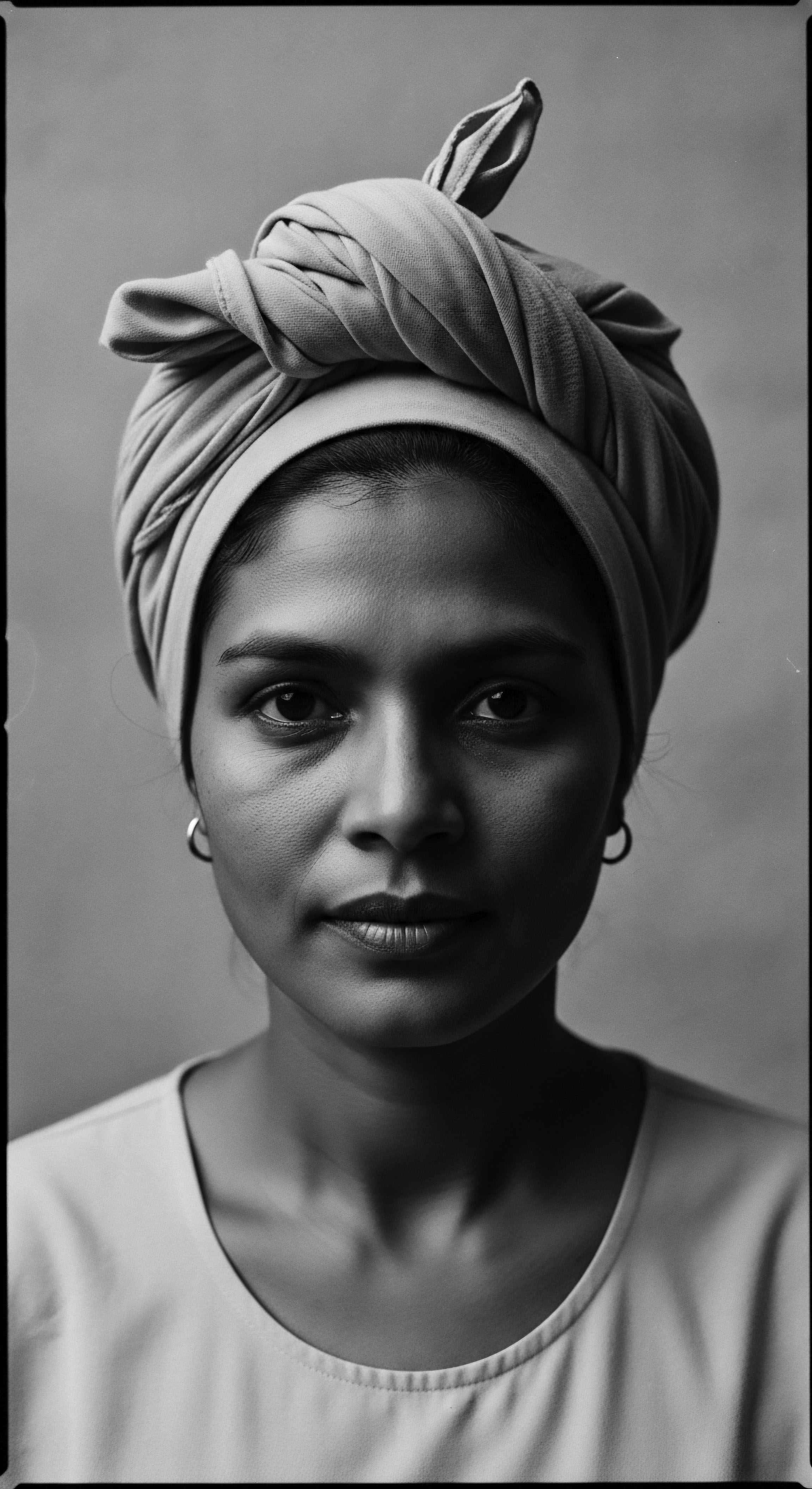
Sociocultural Dimensions and Contemporary Relevance
The academic meaning of fabric friction extends beyond its purely physical definition to encompass its sociocultural dimensions. The constant battle against hair damage caused by friction has shaped daily routines, product development, and even expressions of identity within Black and mixed-race communities. The historical narrative of hair care, often a private and intimate ritual, becomes a powerful lens for understanding resilience and adaptation in the face of systemic challenges.
The imperative to protect textured hair from friction is not merely about aesthetics; it is deeply intertwined with the preservation of ancestral hair patterns, the affirmation of self, and the continuation of cultural practices that have been passed down through generations. This deep-seated connection to hair as a symbol of identity means that understanding and mitigating fabric friction is a continuous act of honoring heritage.
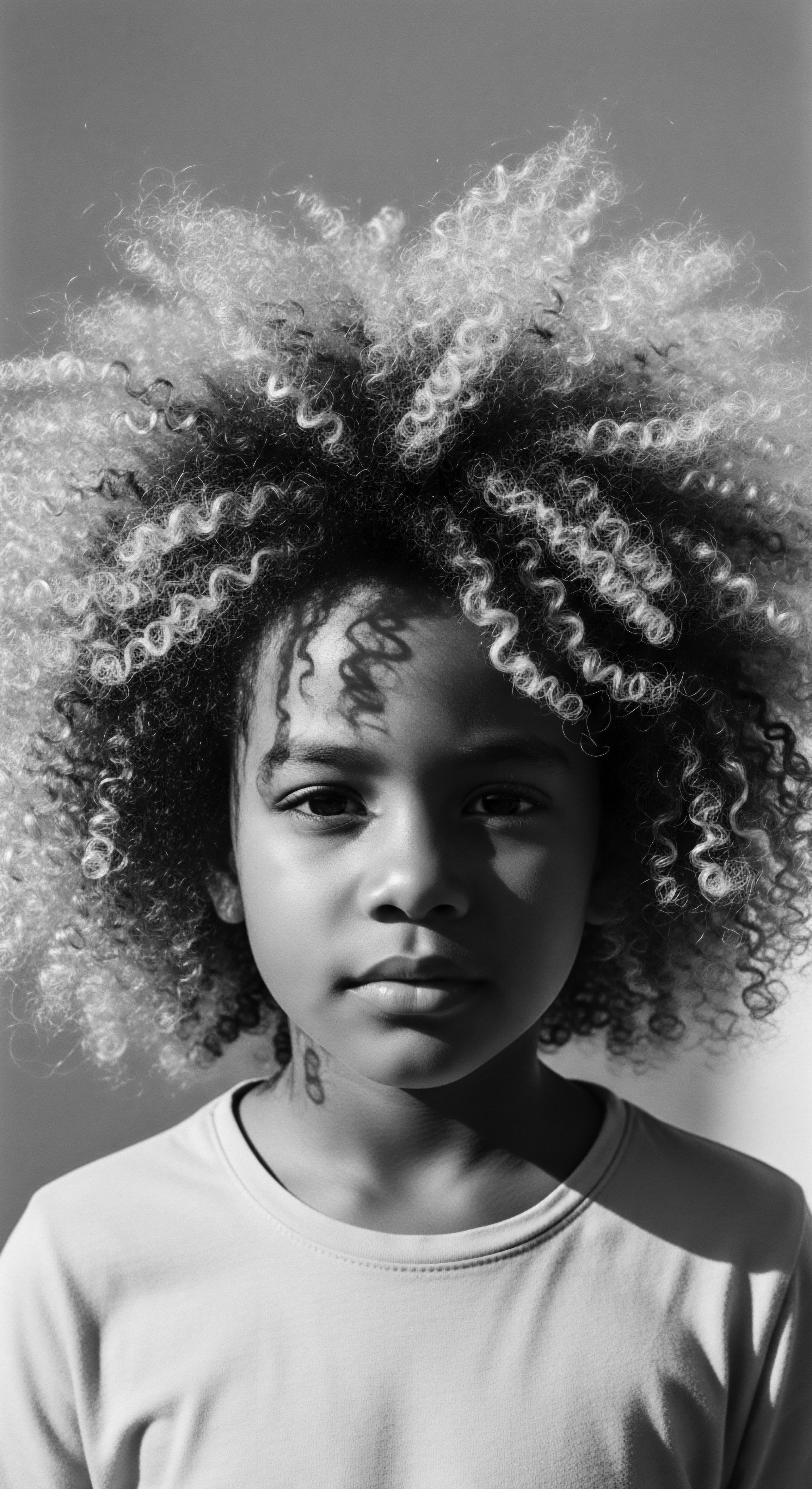
Reflection on the Heritage of Fabric Friction
The exploration of fabric friction, from its elemental biological impact to its profound historical and cultural echoes, invites a deeper meditation on the enduring legacy of textured hair. This concept, seemingly simple in its physical definition, expands into a rich narrative, revealing the profound wisdom of ancestral practices and the continuous ingenuity of communities dedicated to the care and celebration of their hair. The ‘Soul of a Strand’ ethos, which guides Roothea’s purpose, finds its resonance in this journey—a journey from the whispers of ancient care to the affirmations of contemporary science, all bound by the tender thread of heritage.
Echoes from the Source ❉ The very architecture of textured hair, a marvel of natural design, carries within it both strength and a unique susceptibility to friction. This inherent characteristic has, for millennia, guided human hands in devising ways to protect it. From the earliest days, when our ancestors observed the effects of daily life on their crowns, they began to understand the silent abrasion of rough surfaces, the subtle theft of moisture. Their responses were not accidental; they were born of observation, adaptation, and a deep respect for the hair as a vital extension of self, a symbol of lineage, and a conduit for spiritual connection.
The wisdom of oiling rituals, the careful crafting of protective styles, and the intuitive selection of smoother coverings speak to a knowledge passed down through touch and oral tradition, a testament to an unbroken chain of care that predates written records. This ancestral understanding of material interaction with hair is a foundational pillar of our collective heritage.
The Tender Thread ❉ The story of fabric friction is also the story of community and resilience. In countless homes across generations and continents, hair care has been a communal act, a time for sharing stories, wisdom, and the gentle touch of care. The collective effort to protect textured hair from the harsh realities of friction—whether from the coarse fabrics of daily labor or the abrasive surfaces of sleep—forged bonds and preserved practices. The evolution of headwraps, from utilitarian coverings to powerful statements of identity and later, to luxurious silk-lined protectors, exemplifies this tender thread of adaptation and self-preservation.
It is a testament to the fact that even in the face of adversity, the pursuit of hair health and cultural continuity persisted, often through the simplest yet most effective means. The historical imperative to mitigate friction was not just about preventing breakage; it was about maintaining a visible connection to one’s roots, a defiant act of self-love in a world that often sought to diminish Black and mixed-race beauty.
The Unbound Helix ❉ As we stand at the confluence of ancient wisdom and modern understanding, the significance of fabric friction continues to shape the future of textured hair care. Our contemporary scientific insights merely affirm the profound truths our ancestors knew in their bones and through their hands. The understanding of the hair cuticle, the mechanics of moisture retention, and the benefits of smooth surfaces are all scientific validations of practices honed over centuries.
This continuous dialogue between past and present allows us to approach hair care not as a fleeting trend, but as a deeply rooted journey of self-discovery and ancestral connection. The journey of the helix, from its elemental biology to its vibrant expression of identity, remains unbound, constantly evolving, yet always tethered to the profound heritage of those who have nurtured it through time.
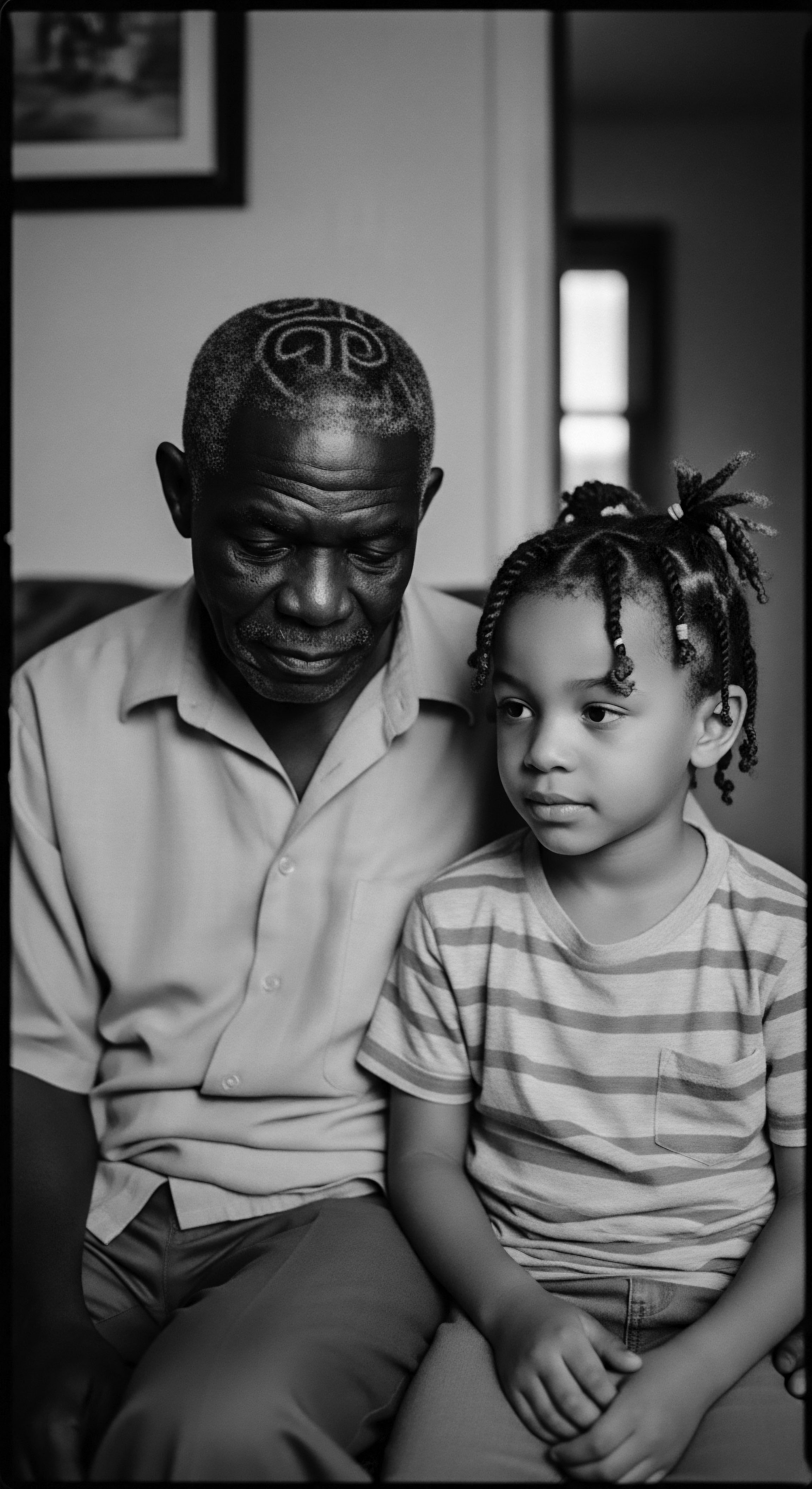
References
- Byrd, A. D. & Tharps, L. L. (2001). Hair Story ❉ Untangling the Roots of Black Hair in America. St. Martin’s Press.
- Greene, K. L. (2011). The Social and Cultural Meaning of Hair in Africa. Lexington Books.
- Davis-Sivasothy, A. (2011). The Science of Black Hair ❉ A Comprehensive Guide to Textured Hair Care. Sivasothy Hair Company.
- Schwartz, A. M. & Knowles, D. C. (1963). Frictional Effects in Human Hair. Journal of the Society of Cosmetic Chemists, 14(11), 665-674.
- Bhushan, B. et al. (2014). Friction Dynamics of Straight, Curly, and Wavy Hair. Journal of Cosmetic Science, 65(3), 131-143.
- El-Messiry, M. A. et al. (2017). Electric Static Charge Generated from the Sliding of Head Scarf Textiles against Skin and Hair. Journal of Textile Science & Engineering, 7(2), 1-5.
- Kamara, Y. (2020). Hair as Freedom. Lolwe, Issue 2.
- Essel, S. K. (2021). Historical Roots of Makai Hairstyle of Elmina People of Ghana. International Journal of Arts and Social Science, 4(6), 254-263.
